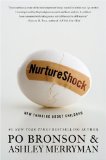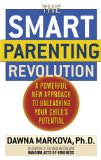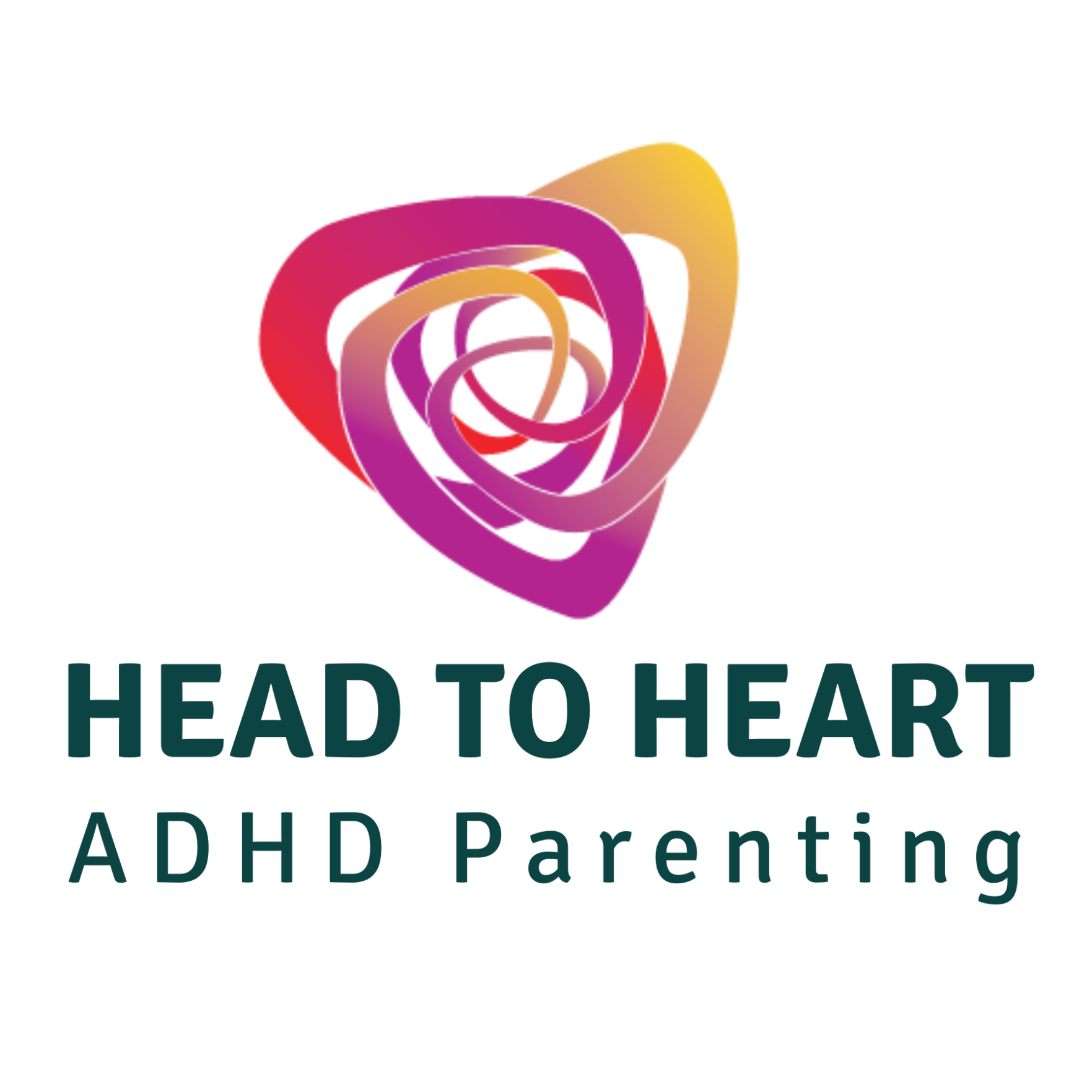Parents and Caregivers, We are thrilled to unveil our latest initiative – Head to Heart…
Nurture Shock: Chapter 5 – The Search for Intelligent Life in Kindergarten

I wonder what would my mother would have said if she read this chapter? I have to say that this chapter and the research cited leaves me cold. What is the benefit of putting a young child – esp. a kindergartner – in a gifted and talented program? I think the benefit is for the parents, not the child.
This is another opportunity for me to talk about the movie The Race to Nowhere: The Dark Side of the Achievement Culture. Our children are under a tremendous amount of stress in this culture. Why add to it? The other side is not pretty – depression, anxiety, eating disorders, dropping out of school. The trend has been to push push push our kids. Those who learn outside of the box and negatively affect the school’s test scores fall thru the cracks. Those children could be our creative geniuses. We need to find ways for those children to succeed. Creativity is lost in the public school system.
Some of our most creative giants in recent history had learning challenges: Walt Disney, Charles Schwab, Greg Louganis, Vince Vaughn, Henry Winkler, Whoopi Goldberg, Jay Leno, Paul Orfalea (Kinko’s), to name just a few. When do our children have time for creative pursuits? They are literally on the race to nowhere taking honors classes, then AP classes, participating in a team sport which means hours of practice and games. Why start the rat race in kindergarten?
One of my favorite books is
Smart Parenting Revolution by Dawna Markova. I’ve had the pleasure of participating in two workshops with Dawna, a brilliant woman who completely embraces the different learner. Her book helps parents understand their child’s Thinking Talents and Mind Patterns. Instead of focusing on a child’s IQ, Dawna looks at how your child is smart, what are your child’s strengths and how can you best support those strengths? And her goal is to have a smart card for each child which will follow that child from to school to school. Every teacher would then know how that child is smart and what they would need to do to support that child’s strengths.
My oldest daughter tested into the Gifted and Talented program in 3rd grade. It wasn’t until I read Dawna’s book when she was 18 that I fully understood how her brain worked. Dawna used the research from Ned Herrmann, author of The Creative Brain, to describe the 4 quadrants of the brain: analytic, procedural, innovative and relational. After figuring out your child’s thinking talents and where they fall in the four quadrants, you will have a better understanding of your child’s strengths. It wasn’t until I read this book that I fully understood my daughter’s intellect. She has thinking talents in all four quadrants – only 3 to 4 percent of the population falls into all four.
I went on to map the rest of my family and that information has really helped me be a better parent. I suppose getting that information from a test at age 5 is valuable but it’s what you do with that information that matters. The emphasis should be on discovering the strengths and talents of all children especially those who don’t test well at age 5.
Next week – The Sibling Effect
This Week’s Recipe – Billie’s Tomato and Feta Salad (Billie is a fabulous cook who also introduced me to Dawna Markova)
3 pints cherry tomatoes, halved
12oz feta cheese, crumbled
1 small red onion, cut into 1/4″dice
1/4 c extra-virgin olive oil
3 tbsp white wine or champagne vinegar
2 tbsp minced fresh basil
2 tbsp minced fresh parsley
3/4 tsp salt
1/2 tsp freshly ground pepper
In a serving bowl, gently toss together all ingredients. Serve immediately or chill, covered until ready to serve. Makes 8 servings.

Comments (0)